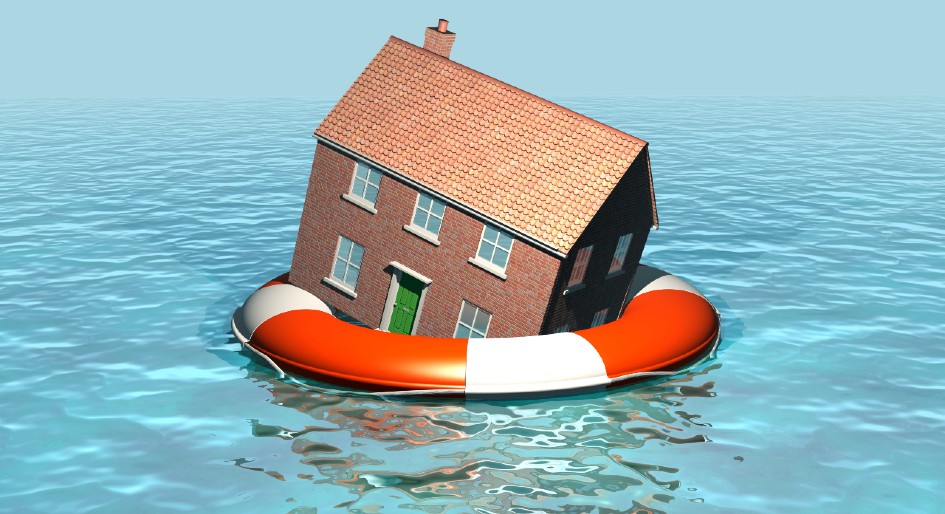Catastrophic flooding in Canadian communities has resulted in an average 8.2 per cent reduction in the final sale price of houses, 44.3 per cent reduction in the number of houses listed for sale, and 19.8 per cent more days on market to sell a house.
A new report released today from the Intact Centre on Climate Adaptation at the University of Waterloo focuses on five Canadian cities, each of which had experienced catastrophic flooding between 2009 and 2020: Grand Forks, B.C.; Burlington, Ont.; Toronto; Ottawa; and Gatineau, Que.
The impact of flooding was measured for periods of six months before and after flood events. Attribution of flood impacts was determined by comparing changes in nearby non-flooded control communities over identical time frames.
“The findings of this report do not surprise me,” said Gary Will of Will Davidson LLP, a firm that advises on flood risk. “They underscore the impact on housing prices and the need to actively reduce flood risk through updated flood plain modelling and mapping, and to re-think development, without delay, as flooding affects everyone from planners, home owners to government decision-makers.”
The study also examined the impact of community level flooding on mortgage arrears and deferrals in two Canadian cities for six months pre and post flooding. Results showed no change in homeowners’ ability to pay their mortgage, but a reduction in the appraised value of a house due to flooding would influence limits on lending by mortgage providers.
“For most homeowners, their house is their biggest financial investment. As this report clearly shows, an all-of-society effort to protect that investment from the growing threat of flooding would be of great benefit to many Canadians,” noted Steve Mennill, chief climate officer at Canada Mortgage and Housing Corporation (CMHC).
Study co-author Dr. Blair Feltmate said Canada must learn to manage flood risk. “Recognizing that residential flooding is the most costly and pervasive impact of extreme weather, municipal planners should double-down on ensuring that adaptation factors into community design,” he said.
Actions recommended in the report to curb flood risk include:
- Home flood protection guidance: Municipalities, banks, insurers and real estate associations should distribute guidance to home owners on means to lower risk of basement flooding;
- Climate Adaptation Home Rating Program (CAHRP): The federal government should link the CAHRP to EnerGuide home energy audits;
- Flood risk maps: The federal government should update flood risk maps and ensure they are publicly accessible;
- Residential flood risk scores: The federal government should develop a home flood-risk scoring system based on postal code (as already exists in the US).
- Natural infrastructure: All governments should commit to retaining and restoring natural infrastructure (forests, grasslands, wetlands) to limit current and future flood risk.
To access the full report, Treading Water: Impact of Catastrophic Flooding on Canada’s Housing Market, please find the study here.






